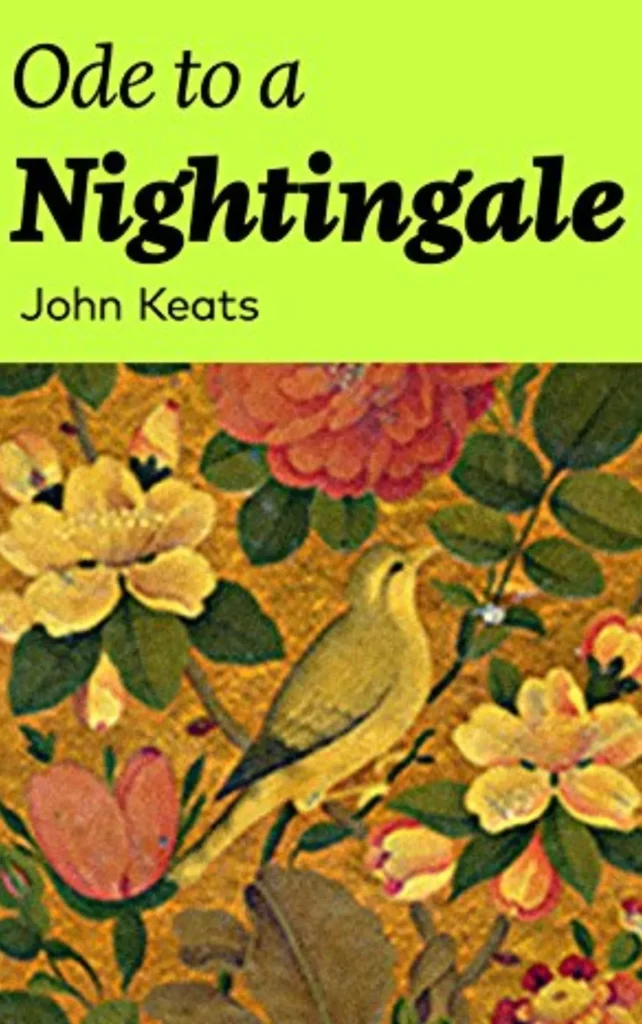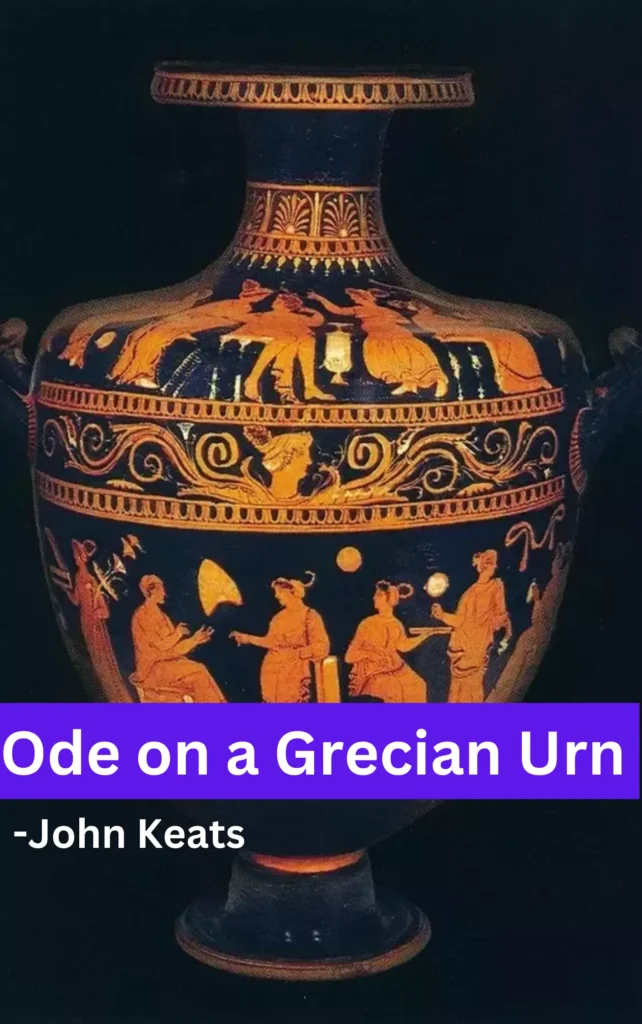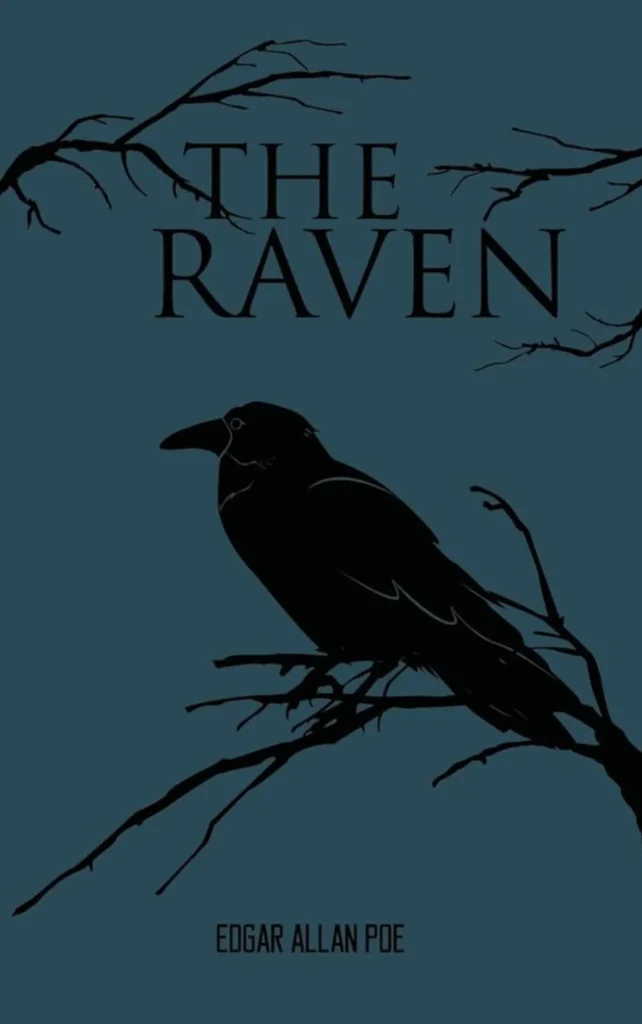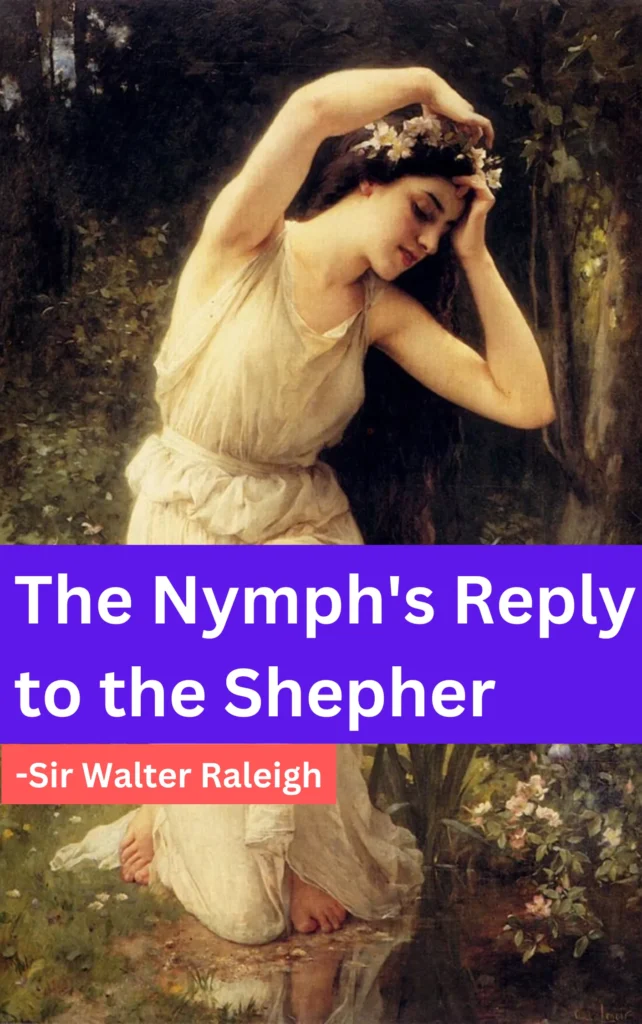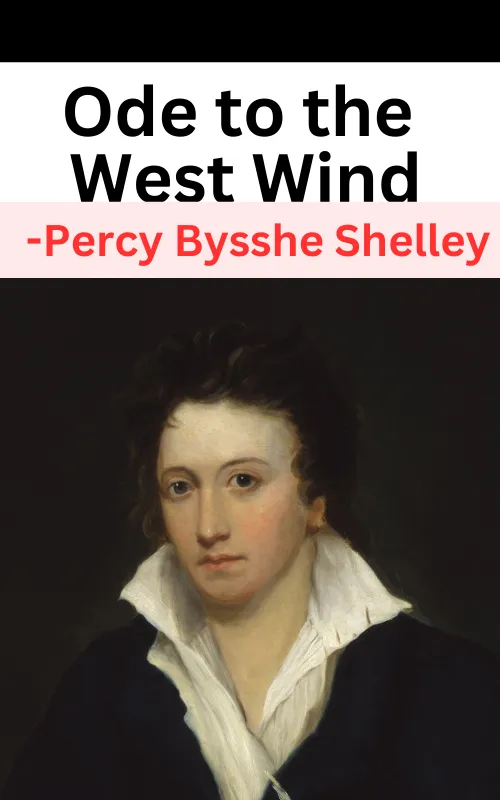About the Poem “Nothing Gold Can Stay“
| Title | Nothing Gold Can Stay |
| Author | Robert Frost |
| Genre | Poetry |
| Form | Rhymed couplets |
| Publication date | 1923 in the collection “New Hampshire” |
| Structure | Short, 8-line poem with a rhyme scheme of AABBCCDD |
| Key Metaphor | The changing of seasons, particularly the briefness of spring |
| Plot | The speaker observes the beauty of nature’s first green leaves, but then reflects on the fact that nothing gold can stay. They compare the fleeting beauty of nature to the Garden of Eden and the dawn, suggesting that all good things must eventually come to an end. |
| Themes | Nature, beauty, impermanence, loss |
| Symbols | Gold, leaves, Eden, dawn |
| Literary devices | Metaphor, simile, personification |
Themes of Nothing Gold Can Stay
The poem “Nothing Gold Can Stay” by Robert Frost explores the themes of:
- Ephemeral Nature of Beauty ➤ It talks about how beautiful things in life, like youth and nature, are fleeting and don’t last forever.
- Change and Loss ➤ The poem reflects on the inevitability of change and the sadness that comes with losing something precious.
- Cycle of Life ➤ It suggests that everything has a natural cycle, and we must accept that things will come and go.
- Appreciating the Moment ➤ The poem encourages us to appreciate the beauty in the present moment because it won’t last.
“Nothing Gold Can Stay” Poem by Robert Frost
Nature’s first green is gold,
Her hardest hue to hold.
Her early leaf’s a flower;
But only so an hour.
Then leaf subsides to leaf.
So Eden sank to grief,
So dawn goes down to day.
Nothing gold can stay.
Nothing Gold Can Stay Summary & Analysis
Nothing Gold Can Stay by Robert Frost is a short but powerful poem about the fleeting nature of beauty and happiness.
The poem begins with the speaker observing the beauty of nature’s first green leaves in the spring. However, the speaker quickly reflects on the fact that nothing gold can stay. They compare the fleeting beauty of nature to the Garden of Eden and the dawn, suggesting that all good things must eventually come to an end.
The poem’s central metaphor is that of gold. Gold is a precious and beautiful metal, but it is also fragile and fleeting. The speaker compares the first green leaves of spring to gold, suggesting that they are precious and beautiful. However, the speaker also knows that the gold leaves will not last. They will eventually fade and fall, just as all good things must eventually come to an end.
The poem’s speaker also compares the fleeting beauty of nature to the Garden of Eden and the dawn. The Garden of Eden was a paradise that was lost, and the dawn is a time of day that is quickly fleeting. These comparisons suggest that the beauty of nature is both precious and fleeting.
The poem’s message is that we should cherish the beauty and joy that we have while we can, because nothing gold can stay. We should not take the good things in life for granted, because we know that they will eventually come to an end.
FAQs from Nothing Gold Can Stay
What is the meaning behind the poem Nothing Gold Can Stay?
The poem tells us that beautiful things don’t last forever, so we should appreciate them while they’re here.
What does the color gold most likely represent in the poem?
The color gold most likely represents the beauty and perfection of youth and nature.
Why is it only that way for an hour what is Frost saying here?
Frost is saying that the beauty of nature is fleeting, just like the first green leaves of spring, which only last for an hour.
What is the hardest hue to hold?
The hardest hue to hold in the poem is beauty.


![The Way I Used To Be Summary,Themes, Synopsis & Characters [Book by Amber Smith] The Way I Used To Be Summary,Themes, Synopsis & Characters [by Amber Smith]](https://atozsummary.com/wp-content/uploads/2023/05/The-Way-I-Used-To-Be-SummaryThemes-Synopsis-Characters-by-Amber-Smith-1024x576.webp)

